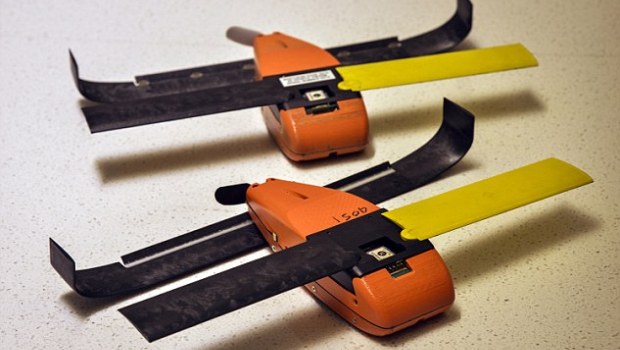The defense and military services have used 3D printing to build devices for security purposes. In the United States, additive manufacturing has been applied to all the streams of military applications. It is being used in all segments from customization of meal plans to developing the arsenal.
The military plans to expand manifold with the aid of 3D printing to gain versatility and strength. The Pentagon has been consistently testing surveillance gadgets and mini drones. As per the department of defense, these gadgets will be employed to block enemy defense system and cover the areas with small sensors. These drones have been named as Perdix and have an outer 3D printed body. Their molds in 3D print enabled faster production at a low cost.
These Perdix mini-drones have been tested and approved by Pentagon’s elusive Strategic Capabilities Office (SCO). They were recently launched from F-16 and F-18 fighter jets. William Roper, the Director of the SCO, has refrained from discussing the technologies used by the mini-drones. He just stated that they can be launched from these military aircraft. The SCO claims that these swarms have been of strategic importance for combat purposes, and were well-designed to resist temperature extremities and enemy attacks.
The drones have customized algorithms to prevent them from crashing against one another. The Perdix is capable of performing multi-tasks related to security and surveillance. The attacks in the swarms are strategic and leave the defender weak and more susceptible to drone attacks. They spend a large amount of time in protecting themselves from the mini gadgets.
This drone technology was developed under the supervision of the SCO. The aim of developing this drone technology is to strength the military arsenal of the United States. 3D printing is now an integral part of military services and allows the development of gadgets and services at a lower cost and high speed.
Source: 3dprint.com
